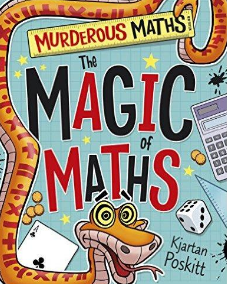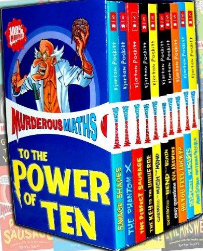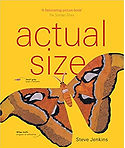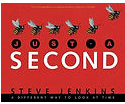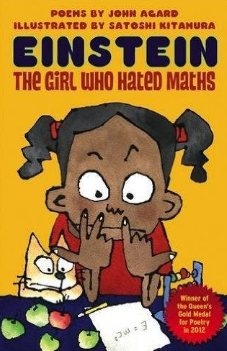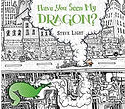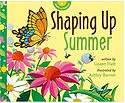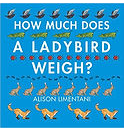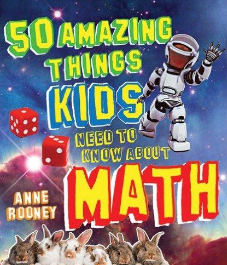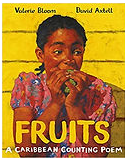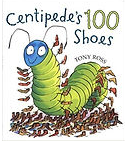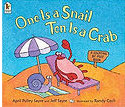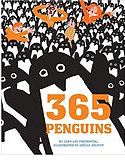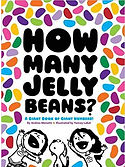White Rose Maths
St. Joseph's Subject Overview - Maths
Vision:
Our vision is for all children to think mathematically, demonstrate, deepen their conceptual understanding and problem solve with a belief that everyone has the potential to succeed.
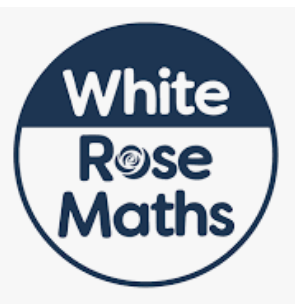
Intent:
At St. Joseph’s, we deliver a cumulative, coherent, and carefully sequenced mathematics curriculum through the White Rose Maths programme. This structure ensures that key concepts introduced early on—such as place value, addition, and subtraction—are revisited and deepened across different areas of mathematics, building strong, interconnected understanding over time. Each academic year begins with a focus on foundational knowledge that underpins future learning, allowing children to continually consolidate and apply their skills throughout the year.
Year 1 Long Term Overview example:
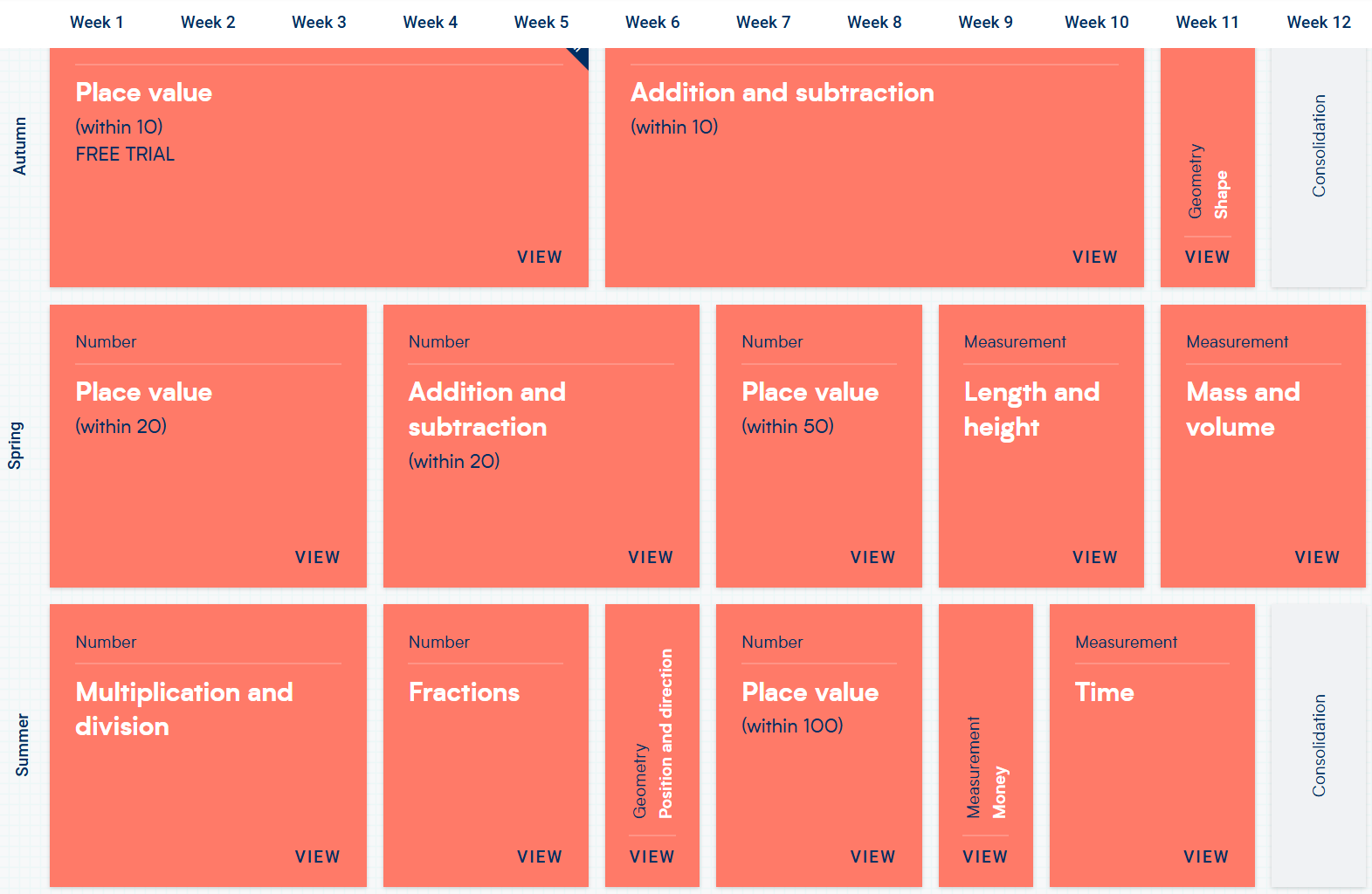
The White Rose Maths programme supports high-quality teaching through a combination of expertly designed curriculum resources and professional development. All teaching staff have received comprehensive training, ensuring consistent delivery of the mastery approach across the school. The curriculum is designed to be inclusive and adaptive, providing appropriate scaffolds and challenges so that every child can access learning and make progress.
A central feature of our approach is the emphasis on mathematical language. Key vocabulary is explicitly introduced and revisited throughout each unit, enabling children to articulate their thinking clearly and deepen their understanding as topics progress.
Teaching follows the Concrete–Pictorial–Abstract (C-P-A) approach, enabling children to grasp concepts through hands-on learning and visual representations before moving to more through these stages, moving fluidly between representations to support and extend understanding.
Lessons are structured using the White Rose Maths format, which allows for a brisk and purposeful pace. Each lesson is designed to help children acquire, apply, and deepen a mathematical skill within the same session, promoting secure and confident learning.
Year 3 small steps example:
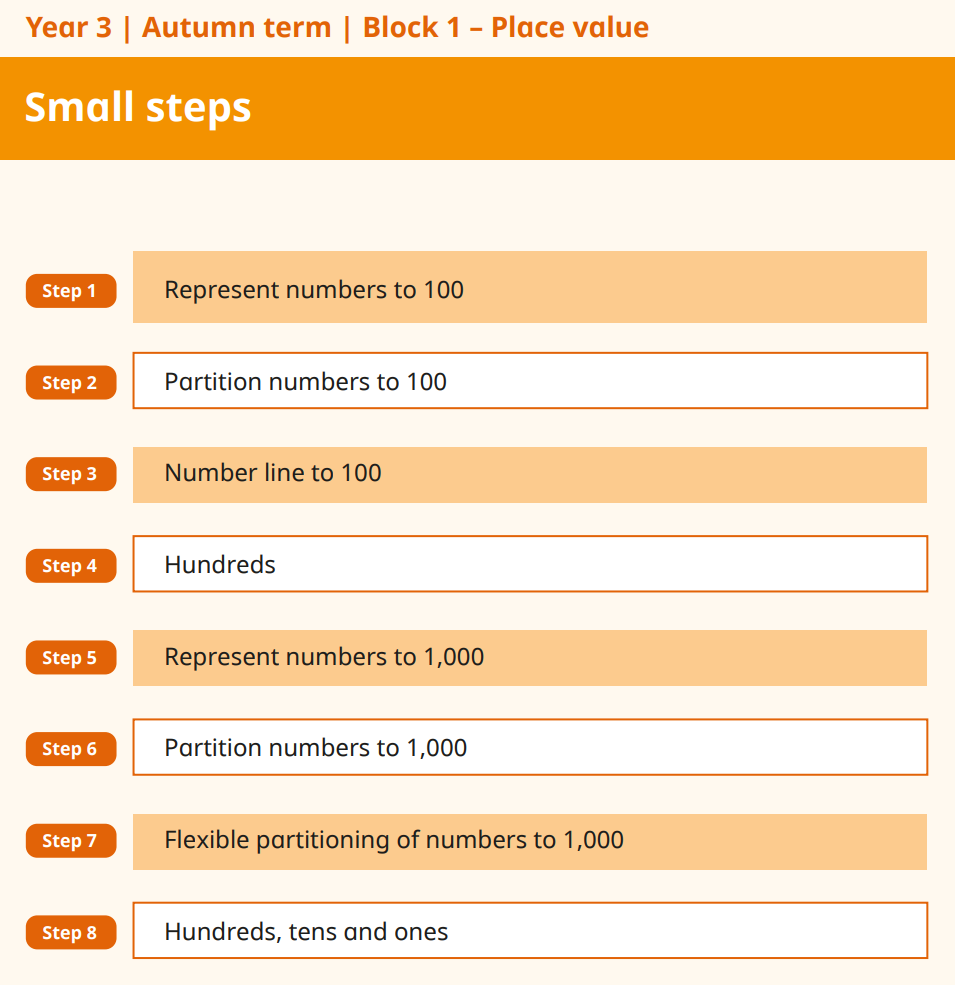
To support long-term retention, Flashback Fours are used daily. These short activities revisit key concepts and prior learning, helping embed knowledge in children’s long-term memory.
Year 2 Flashback 4 example:
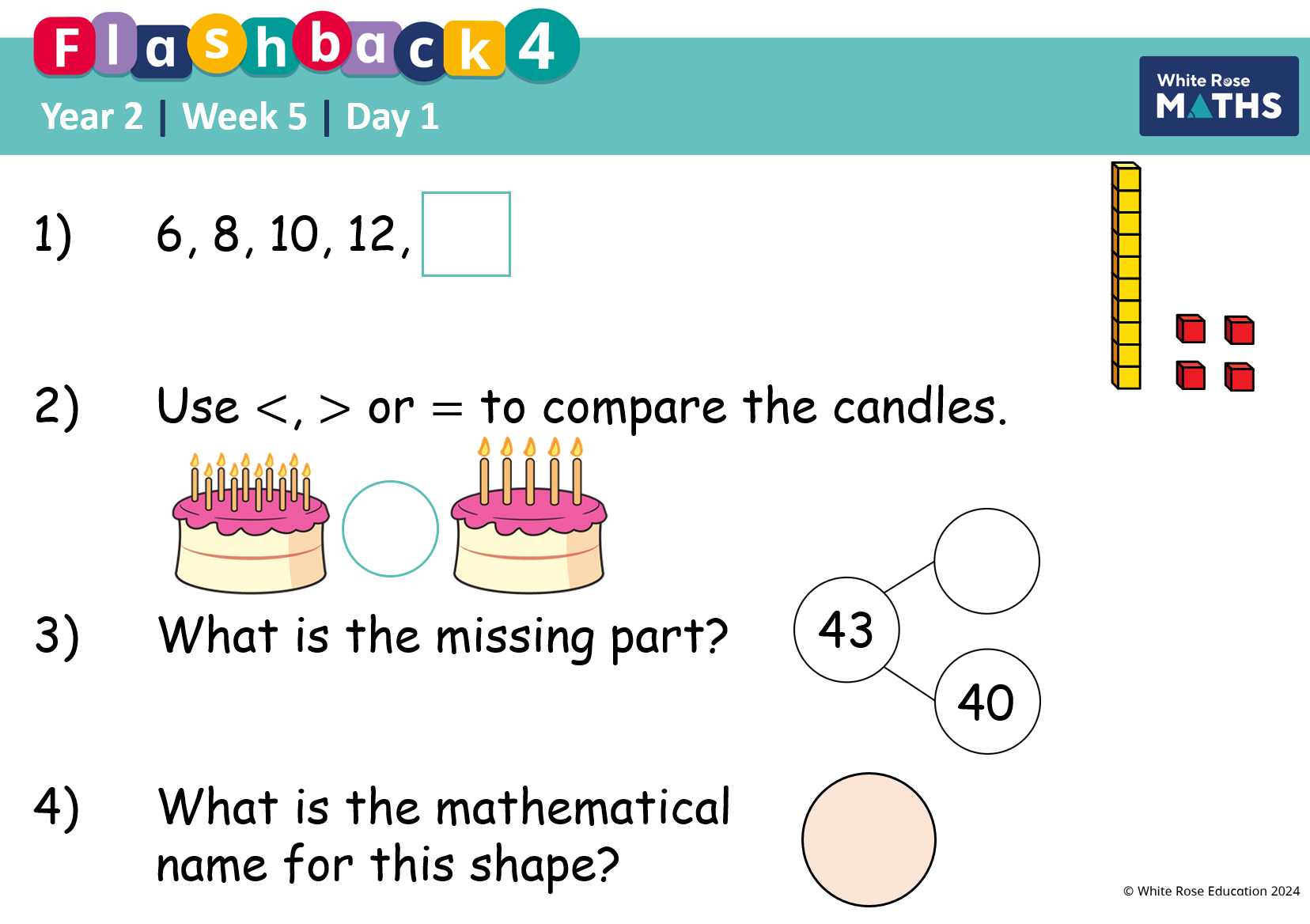
Assessment is embedded throughout teaching. Formative assessment takes place in every lesson, allowing teachers to swiftly identify misconceptions, provide timely same-day interventions, and offer extension tasks to those ready for further challenge. In addition, summative assessments at the end of each block and term provide a robust picture of pupil progress and inform future planning. Feedback is given in line with our school’s marking and feedback policy to ensure it is meaningful, manageable, and motivates learning.
Implementation:
|
The White Rose Maths Mastery approach equips pupils with a secure foundation in mathematical fluency, enabling them to confidently apply their knowledge through reasoning and problem-solving. As a result, children are able to move flexibly between different contexts and representations of mathematical concepts, demonstrating a deep and adaptable understanding. Pupils can represent concepts in multiple ways, articulate their thinking using precise mathematical language, and apply their knowledge independently to new and unfamiliar problems. This level of understanding reflects true mastery—where fluency is not limited to speed and accuracy, but also includes conceptual depth and the ability to reason effectively. By embedding reasoning and problem-solving into everyday lessons, we ensure that pupils develop a well-rounded mathematical proficiency. This not only prepares them for future learning but also enables them to use mathematics confidently and effectively in real-life contexts. |
|
|
Impact
The White Rose Maths Mastery approach equips pupils with a secure foundation in mathematical fluency, enabling them to confidently apply their knowledge through reasoning and problem-solving. As a result, children are able to move flexibly between different contexts and representations of mathematical concepts, demonstrating a deep and adaptable understanding.
Pupils can represent concepts in multiple ways, articulate their thinking using precise mathematical language, and apply their knowledge independently to new and unfamiliar problems. This level of understanding reflects true mastery—where fluency is not limited to speed and accuracy, but also includes conceptual depth and the ability to reason effectively.
By embedding reasoning and problem-solving into everyday lessons, we ensure that pupils develop a well-rounded mathematical proficiency. This not only prepares them for future learning but also enables them to use mathematics confidently and effectively in real-life contexts.
Year 4 Independent task question examples:
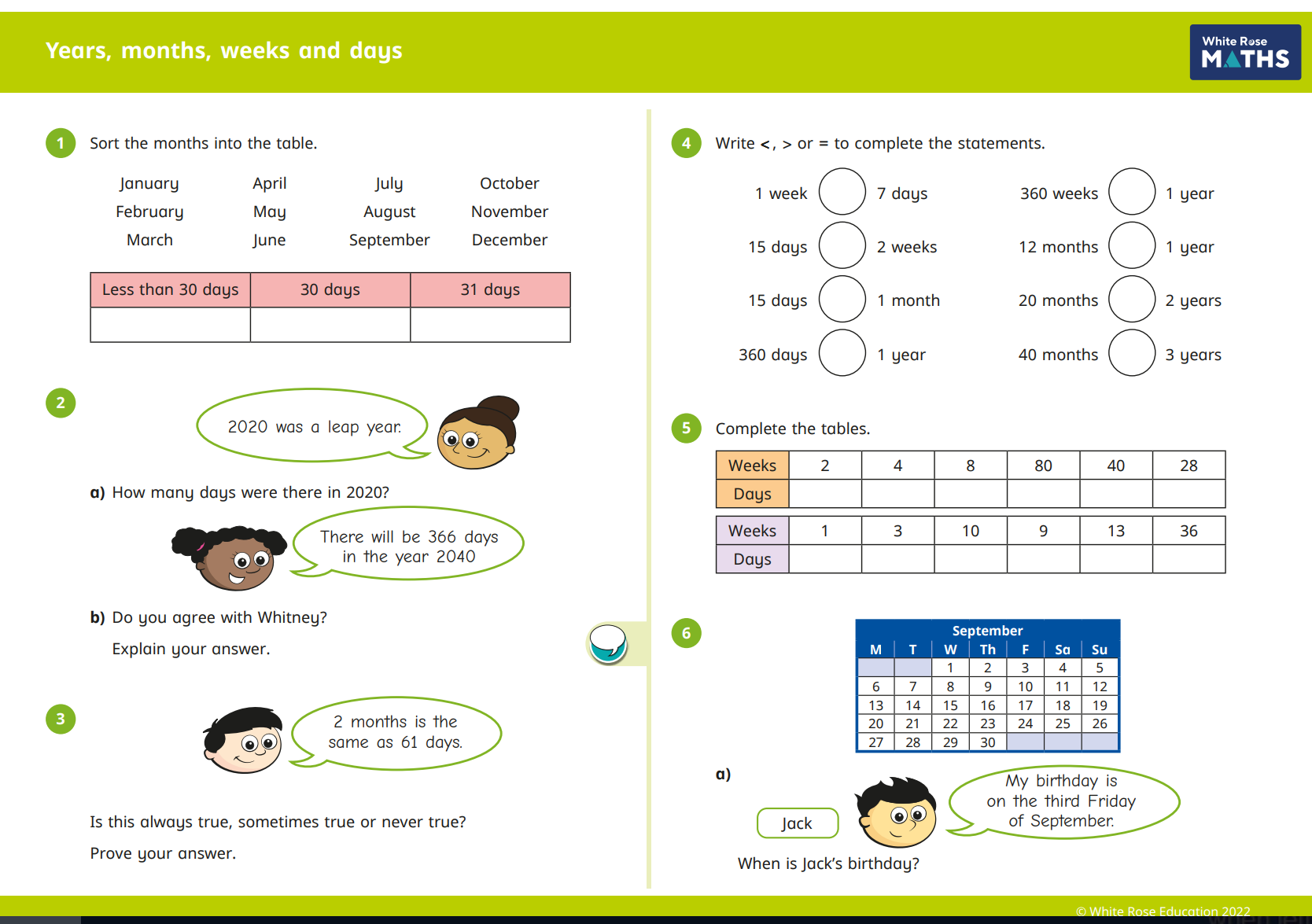
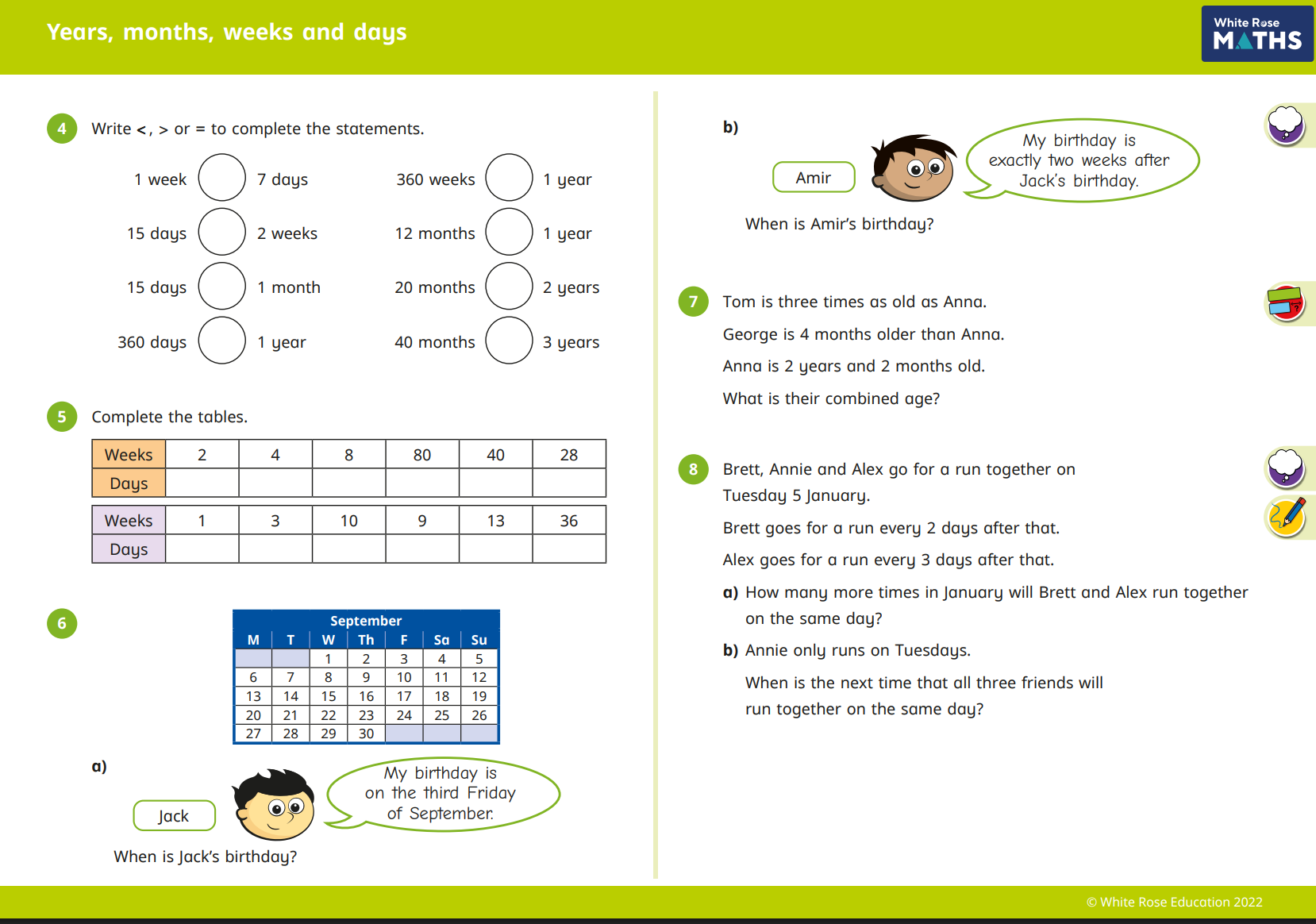
Websites:
Times Table Rockstars - https://ttrockstars.com/
White Rose Maths Home Learning -https://whiteroseeducation.com/parent-pupil-resources/maths/home-learning
TopMarks - https://www.topmarks.co.uk/Search.aspx?Subject=16
Hit the Button - https://www.topmarks.co.uk/maths-games/hit-the-button
BBC Bitesize - https://www.bbc.co.uk/bitesize/subjects/z6vg9j6
NRICH - https://nrich.maths.org/primary
Recommended reads:
